BAe 146-200 TNT
Production Time 9 to 10 weeks
Shipment is by FedEx, UPS or DHL International Express Courier with a normal door-to-door delivery time worldwide of within 2-3 business days after dispatch. Due to the current volatility of world fuel prices, the amount mentioned here is our best estimate for DHL and UPS and may be subject to change at the time of shipping.

Model Description: BAe 146-200 TNT Wood Replica Scale Custom Model Aircraft
Manufacturer: British Aerospace
Wingspan: 15.6 Inches (39.6 Centimeters)
Height: 5.1 Inches (13 Centimeters)
Scale: 1:66
Registration: VH-SFW
Price for Regular Model as Size and Scale above: $239.50
$179.50 – $329.50
-
United States dollar ($)
-
Pound sterling (£)
-
Euro (€)
-
Australian dollar ($)
-
Canadian dollar ($)
-
Singapore dollar ($)
-
Swiss franc (CHF)
-
Japanese yen (¥)
-
Danish krone (kr.)
-
Hong Kong dollar ($)
-
Norwegian krone (kr)
-
Swedish krona (kr)
-
United Arab Emirates dirham (د.إ)
General Product Description
Our PlaneArts BAe 146-200 TNT model exhibits unique, unrivaled quality and detailed design to come as close as possible to the accuracy of the actual plane. It comes as standard with a robust, durable base or stand which is available in a variety of different finishes designed to match your own personal requirements including solid wood, wood with polished metal supports or adjustable wood wall mount and will be ready within about 9-10 weeks from placement of order.
The BAe 146-200 TNT model is made of the finest kiln dried renewable mahogany wood (commonly known as Lauan or Meranti) which has undergone many stages of carving and meticulous and careful sanding giving the beautiful finished museum quality masterpiece. Many collectors and model connoisseurs demonstrate their preference for genuine handmade and hand painted mahogany wood models rather than plastic or die cast (diecast) alternatives due to the overall look and totally different feel of the item - we trust you will find the same. We can, however, if required produce the same model in Solid Cast Resin so just click and contact us us for further information. Our craftsmen and gifted artisans ensure that our finely handcrafted model airplanes match the precise blueprint details of the original aircraft. The paint scheme, markings and parts are closely matched, reflecting the original aircraft. This stylish top-quality desktop replica model will surely enthrall anyone who receives this as a gift and for sure one of the most appropriate and desirably collectable gifts for any aviation enthusiast and avid aircraft collector whilst also displaying a perfect resemblance to the actual aircraft.
If you require we can also make the BAe 146-200 TNT model in any other airline, private livery or colour scheme you require and if necessary in a different size or scale. Just click here to contact us with a description or photographs of what you require, and we will let you have a quotation for the necessary customization by return email. We can also make bespoke scale replicas of any other private / civil commercial airliner or airliners, helicopter, glider, gliders with engines, military jet, warplane jets, propeller warplanes, biplane, triplane, tail fin, spacecraft, rocket or NASA model you require in any airline, military or civilian livery or colors. We also produce model airships, blimp, dirigible, blimps, boat and ship collectibles. Wall plaque or seal for military, government or private customers. Again, by clicking here to contact us just let us know exactly what you need.
The BAe 146-200 TNT: A Unique Testbed Aircraft
The BAe 146-200 TNT (Technology Demonstrator or Testbed) is an extraordinary variant of the British Aerospace 146 series, a regional airliner known for its rugged design and versatility. The TNT model, specifically, served as a platform for testing and validating cutting-edge aviation technologies, setting the stage for the future of aircraft design.
A Brief Overview of the BAe 146 Series:
The BAe 146 family was developed in the late 1970s and early 1980s to meet the growing demand for short-haul, regional airliners. Renowned for its quiet operation and four-engine configuration, the BAe 146 quickly gained favor among airlines for its ability to access noise-restricted airports and operate efficiently on shorter runways.
The -200 variant, in particular, struck a balance between capacity and performance. Featuring an extended fuselage compared to the initial -100 series, it could seat between 85 and 100 passengers, making it ideal for regional routes.
The Role of the BAe 146-200 TNT:
The BAe 146-200 TNT was not your average airliner. Stripped of passenger seats and converted into a flying laboratory, it became a vital asset for aerodynamic and systems testing. This aircraft played a pivotal role in validating advanced technologies, including wing designs, materials, and environmental control systems, which later informed the development of subsequent aircraft models.
Aerodynamic Testing:
One of the standout features of the TNT was its modified wing structure. Engineers utilized the aircraft to test new wing designs and configurations, which were critical in improving fuel efficiency and aerodynamic performance. These experiments helped refine the understanding of laminar airflow and drag reduction, key factors in modern aircraft engineering.
Material Advancements:
The TNT also served as a platform for testing new lightweight materials and composites. With the aviation industry prioritizing weight reduction to boost fuel efficiency, the BAe 146-200 TNT provided invaluable data on how these materials performed under real-world flight conditions.
Environmental Systems Development:
Aircraft noise and emissions have always been significant concerns for the aviation industry. The TNT’s quiet four-engine design made it an excellent candidate for evaluating noise reduction technologies and cleaner propulsion systems, aligning with environmental goals and regulatory requirements.
Legacy of the BAe 146-200 TNT:
Although the BAe 146-200 TNT was primarily a testbed, its contributions to aviation were far-reaching. The technologies tested on this aircraft influenced the design and efficiency of future airliners, both within British Aerospace and the broader aviation industry.
Moreover, the TNT highlighted the value of adapting existing airframes for research and development. By repurposing a BAe 146-200, engineers demonstrated how versatile these aircraft could be, further cementing their reputation as a dependable and innovative platform.
Conclusion:
The BAe 146-200 TNT was more than just a testbed; it was a symbol of innovation and a bridge to the future of aviation. By exploring advanced aerodynamics, materials, and environmental technologies, this unique aircraft played a crucial role in shaping the industry’s trajectory. Today, the lessons learned from the TNT continue to influence modern aircraft design, underscoring its lasting impact on aviation technology.
| Weight | 6 kg |
|---|---|
| Dimensions | 17 × 15.6 × 5.1 in |
| Alternative Scale and Sizes | Scale = 1:200 Length = 5.60 in. (14.30 cm) = Wingspan = 5.20 in. (13.10 cm) (reduced freight charge will show before final checkout), Scale = 1:144 Length = 7.80 in. (19.90 cm) = Wingspan = 7.20 in. (18.20 cm) (reduced freight charge will show before final checkout), Scale = 1:100 Length = 11.30 in. (28.60 cm) = Wingspan = 10.30 in. (26.20 cm) (reduced freight charge will show before final checkout), Scale = 1:72 Length = 15.60 in. (39.70 cm) = Wingspan = 14.30 in. (36.40 cm) (reduced freight charge will show before final checkout), REGULAR MODEL AS SHOWN ABOVE: SCALE = 1:66 LENGTH = 17.0 in. (43.20 cm) = WINGSPAN = 15.60 in. (39.60 cm) (freight charge will be shown during final checkout), Scale = 1:48 Length = 23.30 in. (59.10 cm) = Wingspan = 21.50 in. (54.60 cm) (increased freight charge will show before final checkout) |

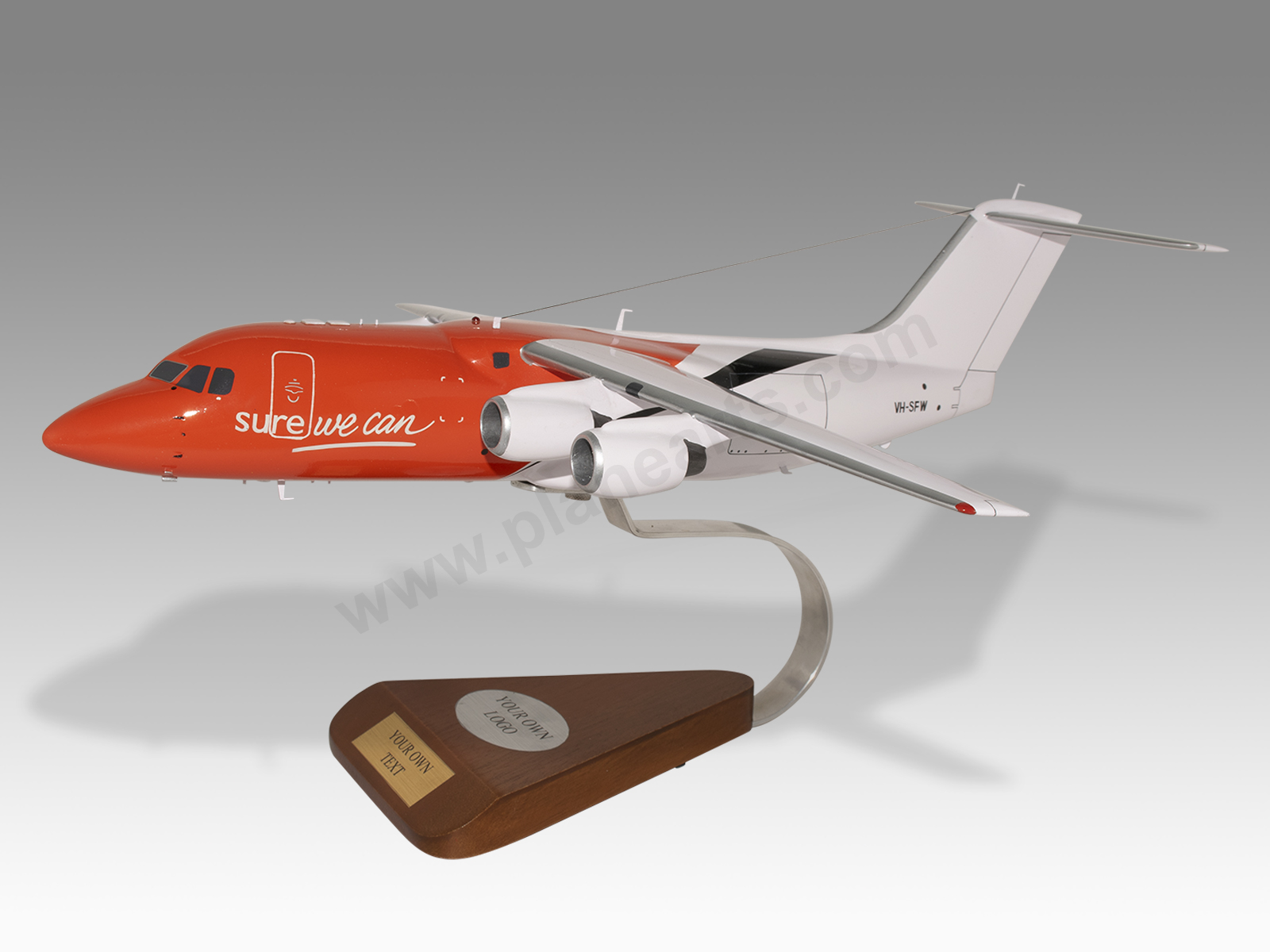
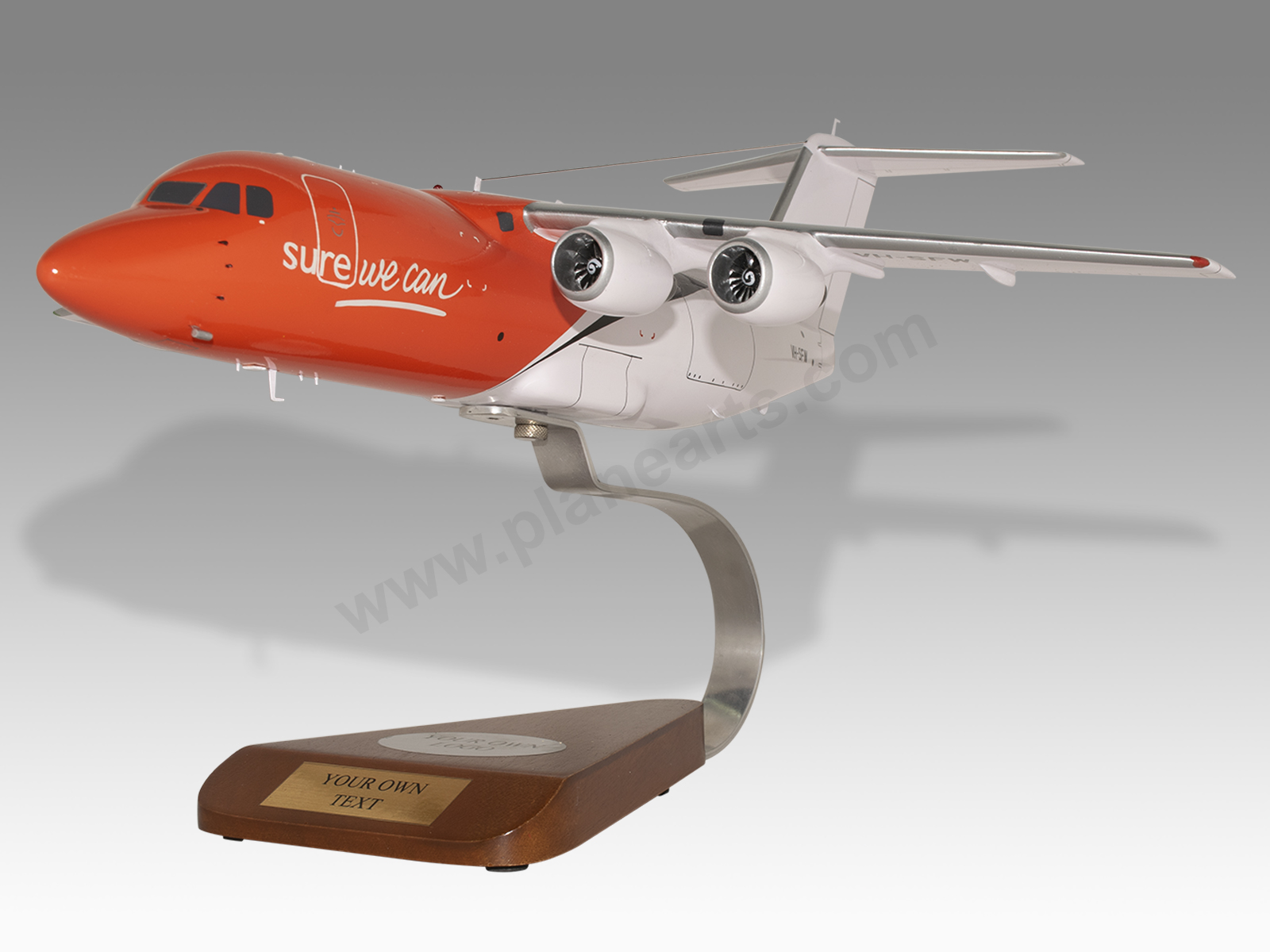
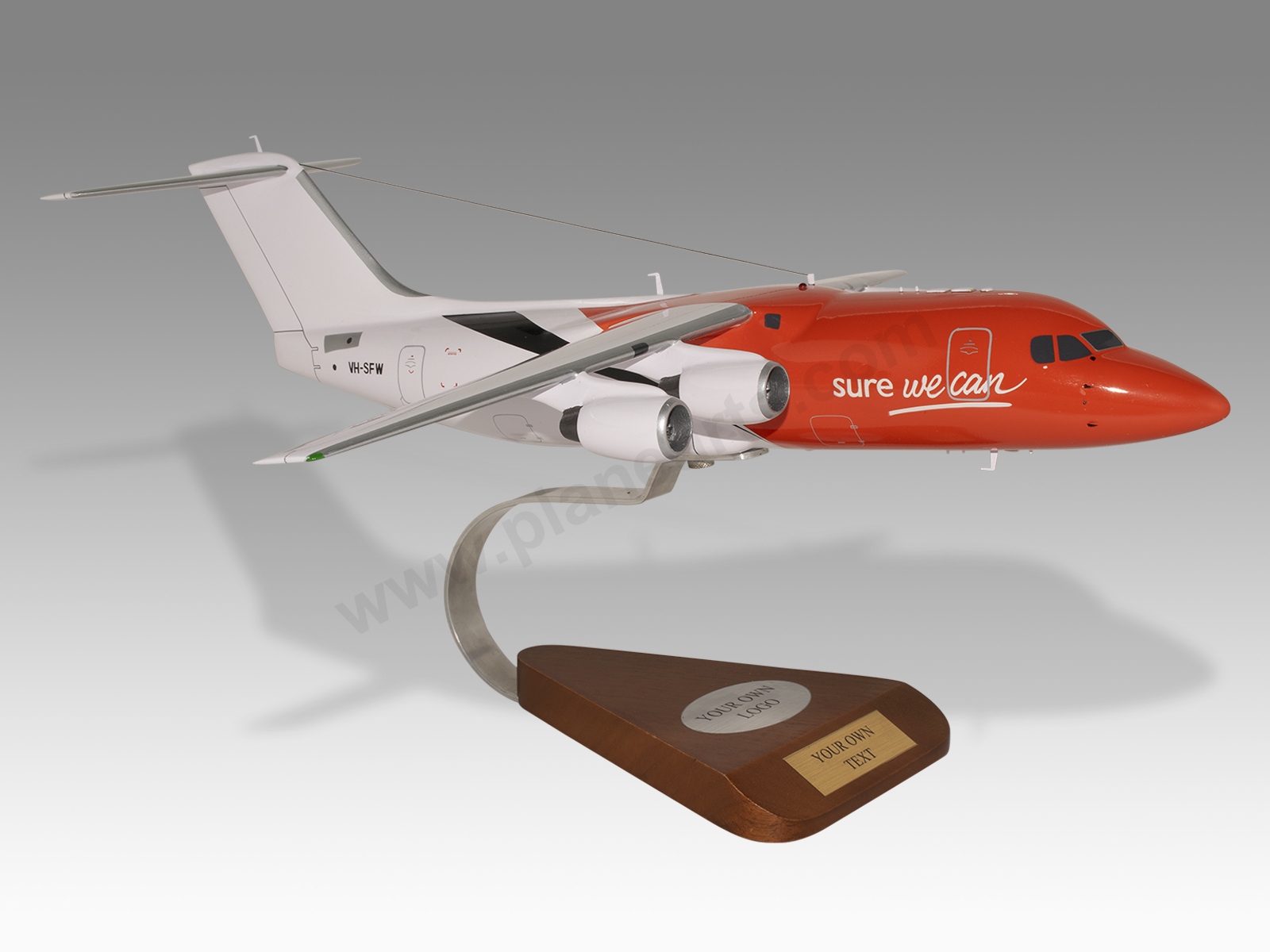

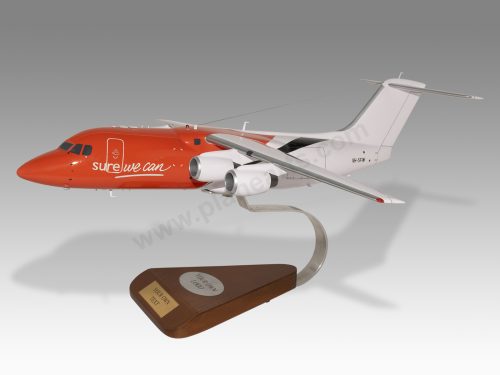


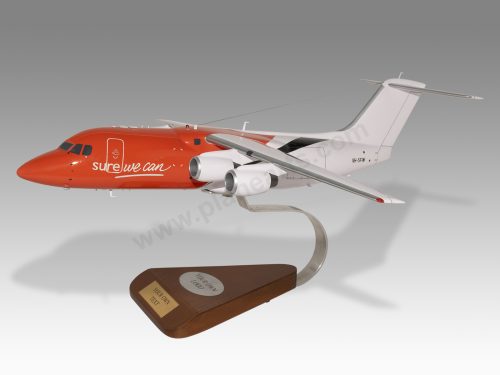
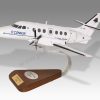
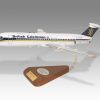
Reviews
There are no reviews yet.